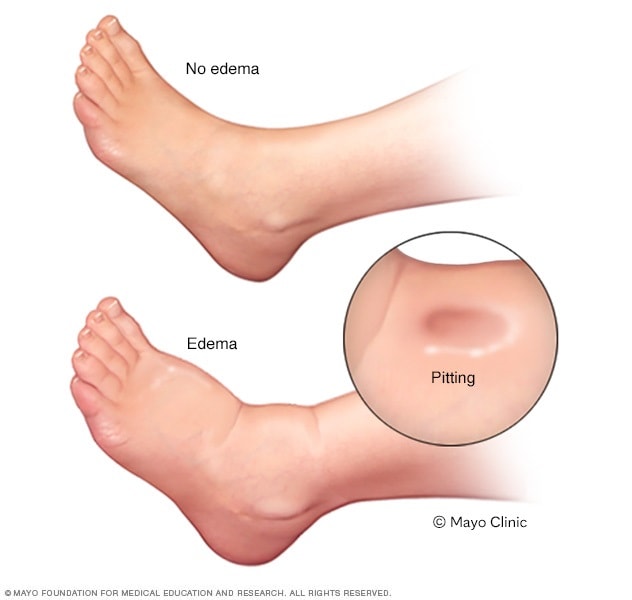Pain in the bottom of the foot. Bursitis occurs when fluid-filled sacs called bursae plural of bursa swell.
Sever S Disease Heel Pain Orthoinfo Aaos
The most common cause of heel pain is swelling inflammation of the fibrous connective tissue on the sole of your feet a condition called plantar fasciitis.
Heel swollen and painful. Other symptoms may include. Redness and swelling dull aching pain. Discomfort or swelling in the back of your heel tight calf muscles limited range of motion when flexing your foot skin on your heel overly warm to the touch.
You use your Achilles tendon when walking running and jumping. Swelling around the back of your heel area. Sharp pain between your arch and heel feels worse when you start walking and better when resting difficulty raising toes off floor.
Pain in ankle and heel pain in calf when standing on tiptoes. Heel pain is a common foot condition. Conditions that cause heel pain generally fall into two main categories.
With plantar fasciitis inflammation may be noticed on the bottom of the foot where the arch meets the heel bone. You may be asked to walk stand on one foot or do other physical tests that help your doctor pinpoint the cause of your sore heel. Achilles tendinitis also known as Tendinitis of the heel takes place when the tendon that links the back of your leg to your heel ends up being swollen and painful near the bottom of the foot.
Who gets heel pain. The main symptom of retrocalcaneal bursitis is heel pain. Back of heel pain in the morning is very common.
It enables you to press your foot down. Inflammation can occur at the back of the heel in the bursa a fibrous sac full of fluid. Pain in back of foot above heel.
You may have a tender bruise-like feeling in the back of the heel. Your heel is stiff and swollen which could be a sign of arthritis Possible further tests that may be recommended include blood tests X-rays a magnetic resonance imaging MRI scan or an ultrasound scan. Typically the main causes of heel and ankle pain include strains or sprains plantar fasciitis and stress fractures.
Pain beneath the heel and pain behind the heel. Table of possible causes of heel pain. Sharp pain in the back of the heel this is from nerve irritation.
These sacs cushion joints allowing for fluid movement. There can be redness and swelling. Heel Pain In Children.
It can result from landing awkwardly or. Almost identical to Achilles heel pain. The condition can develop if Staphylococcus bacteria enter broken skin through a cut scrape or existing skin infection such as impetigo or eczema.
Plantar fasciitis can cause more severe pain following periods of rest such as when you are sleeping. Heel pain in children athletes is called severs disease. Foot cramps are the most common muscle spasm in our body.
You might only feel pain when you put pressure on your heel. Other Causes of Foot Swelling. This condition is referred to as post-static dyskinesia.
Tendonitis causes pain swelling and stiffness in the back of the heel. Heel and ankle pain is not only very uncomfortable but can also be surprisingly difficult to treat. Most susceptible are those with a weakened immune system as from corticosteroids or chemotherapy or with impaired circulation from diabetes or.
If the entire foot is swollen or the swelling extends to the top of the foot or ankle plantar fasciitis may not be the cause. This tendon is called the Achilles tendon. Icing and massaging the bottom of the foot can lead to almost instant pain relief in some people.
Morning or after rest pain is the major indicator. Your doctor will examine your heel looking and feeling for signs of tenderness and swelling. The morning pain will get better within 15-20 minutes of motion.
:max_bytes(150000):strip_icc()/common-causes-of-foot-and-ankle-swelling-1337777_final-b2d7802a1c594b9f8cbea3301755a4ef.png)

